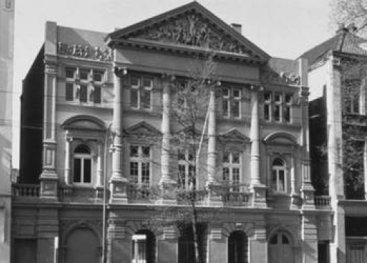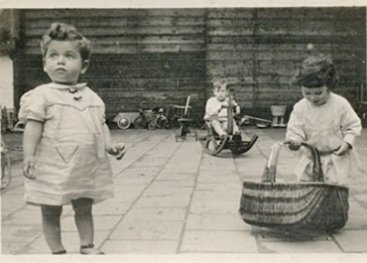
The day care centre
My grandparents and my mother said goodbye to me at the day care centre. I was not allowed to leave my bed and cried endlessly. I screamed: “Don’t go away!!” I wanted to go with them so badly.
Modern
The day care centre across the street from the Hollandsche Schouwburg was modern and well-equipped. It even ran a training course for child minders. The Jewish Henriëtte Henriquez Pimentel managed the centre from 1926. She turned it into a successful day care centre for children in the neighbourhood.
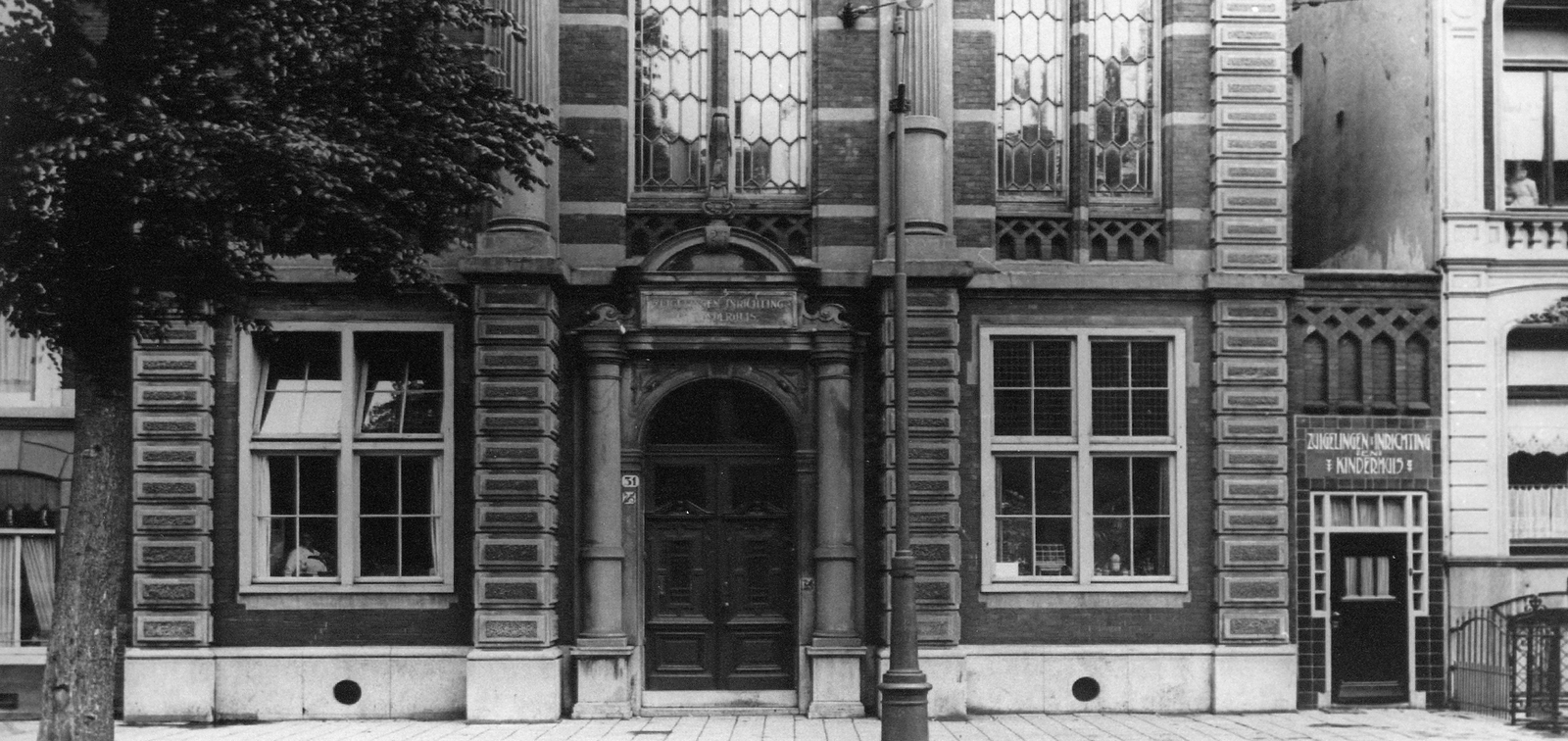
Separated
In 1942, everything changed. The day care centre became a part of the Hollandsche Schouwburg. From that moment onwards, the centre was full of children from babies to teenagers, day and night. German guards walk in every now and then. The children were sad, tense and frightened. They had been separated from their parents and had no idea what was to happen to them.
Escape
Only Jewish child minders were allowed to work at the centre. They did their best to take care of the children and reassure them. A few of the minders cooperated in a scheme to help as many children as possible escape from the day care centre. The plan was devised by the manager Henriëtte Pimentel and people working for the Jewish Council.
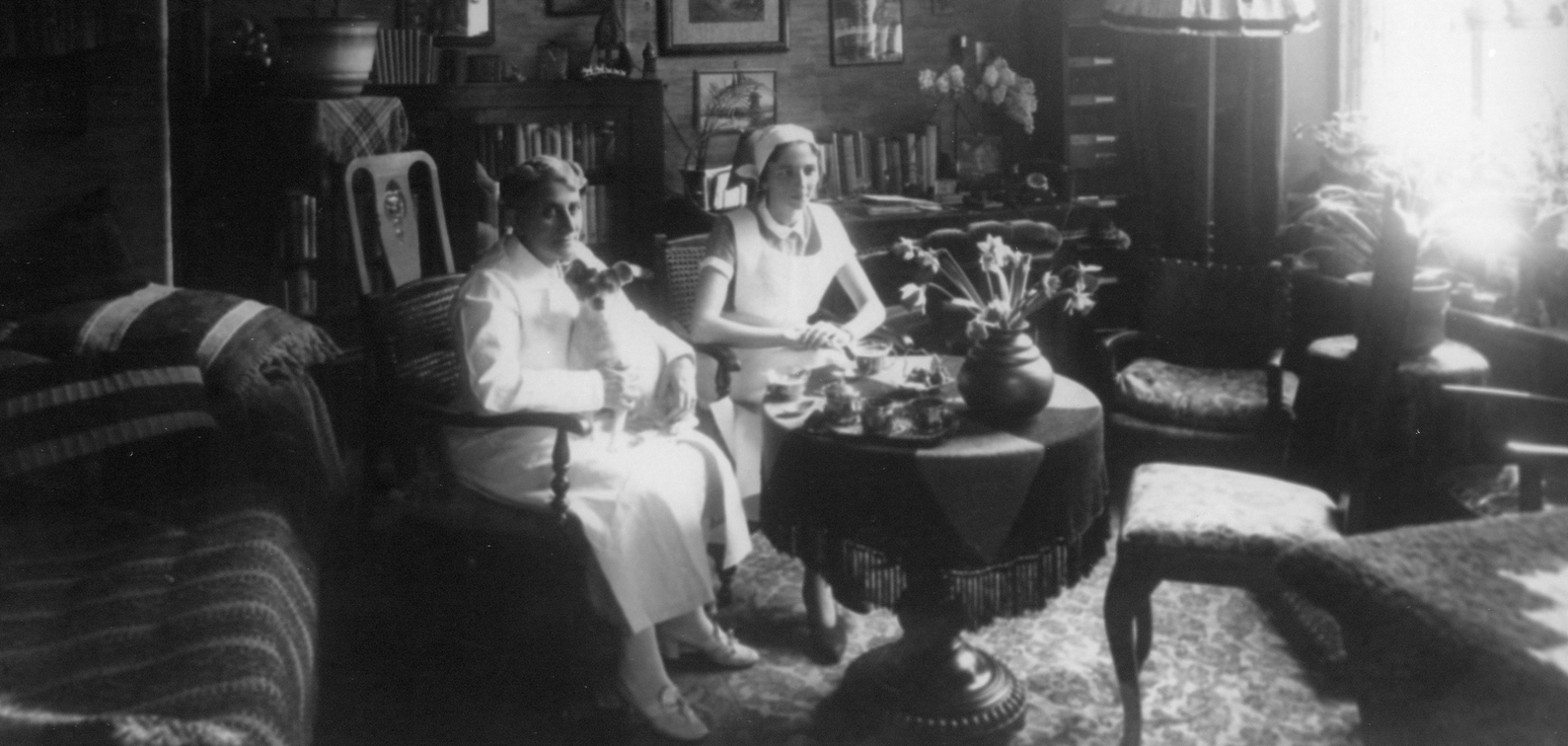
Remi
In October 1942, a foundling arrived at the day care centre. The child carers named the boy Remi, after the main character in the famous book ‘Sans Famille’ or Nobody’s Boy. He was given the surname Van Duinwijck, after the street where he was found.
He became everybody’s favourite, even of one of the German guards. The man even gave him a teddy bear. It was no longer possible to smuggle Remi out of the day care centre unnoticed.
In April 1943, Remi was put on a transport; the teddy bear went with him. Remi was murdered in a camp. Sixty years late, Remi was recognised by his brother. It wasn’t until then that Remi’s real name was known: Koenraad Huib Gezang.
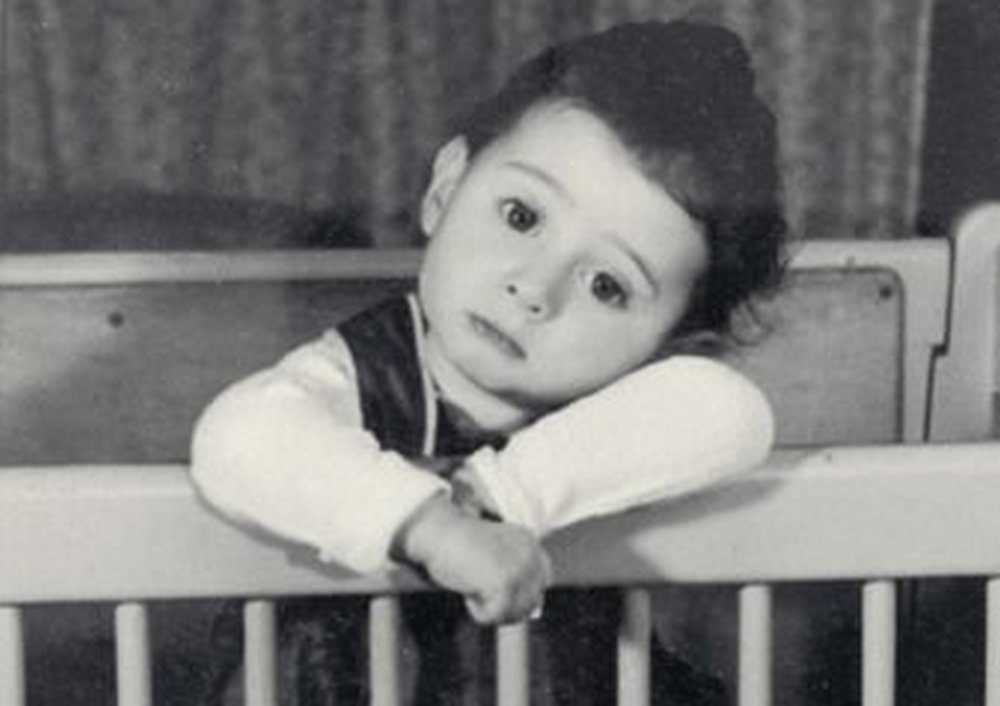
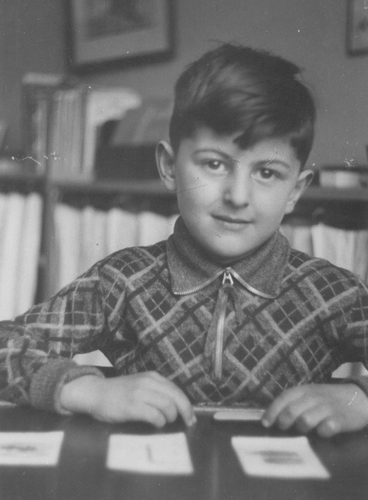 ‘I didn’t understand what was going on. My parents were across the street in the Hollandsche Schouwburg but I couldn’t go to them. I had to lie down in a room full of beds. Apparently, for three days I did nothing but cry and scream. “Be quiet,” a carer kept saying to me, “because you’re making everybody cry.’”
‘I didn’t understand what was going on. My parents were across the street in the Hollandsche Schouwburg but I couldn’t go to them. I had to lie down in a room full of beds. Apparently, for three days I did nothing but cry and scream. “Be quiet,” a carer kept saying to me, “because you’re making everybody cry.’”
Salo Muller
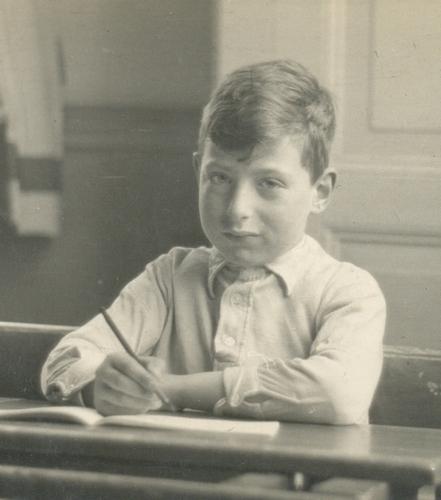 ‘My sister and I were separated in the day care centre. I felt very lonely. Where was my mother? What was going to happen to me? And what about my sister? I was in the dormitory when the Germans suddenly took lots of children away. I kept as quiet as possible and I was terrified.’Levi Hagenaar
‘My sister and I were separated in the day care centre. I felt very lonely. Where was my mother? What was going to happen to me? And what about my sister? I was in the dormitory when the Germans suddenly took lots of children away. I kept as quiet as possible and I was terrified.’Levi Hagenaar
I tried to keep the children aged over 10 calm in the big dormitory. They were totally upset. I then read to them from the children’s book Het Boek voor de Jeugd by Theo Thijssen. That helped. A little.
